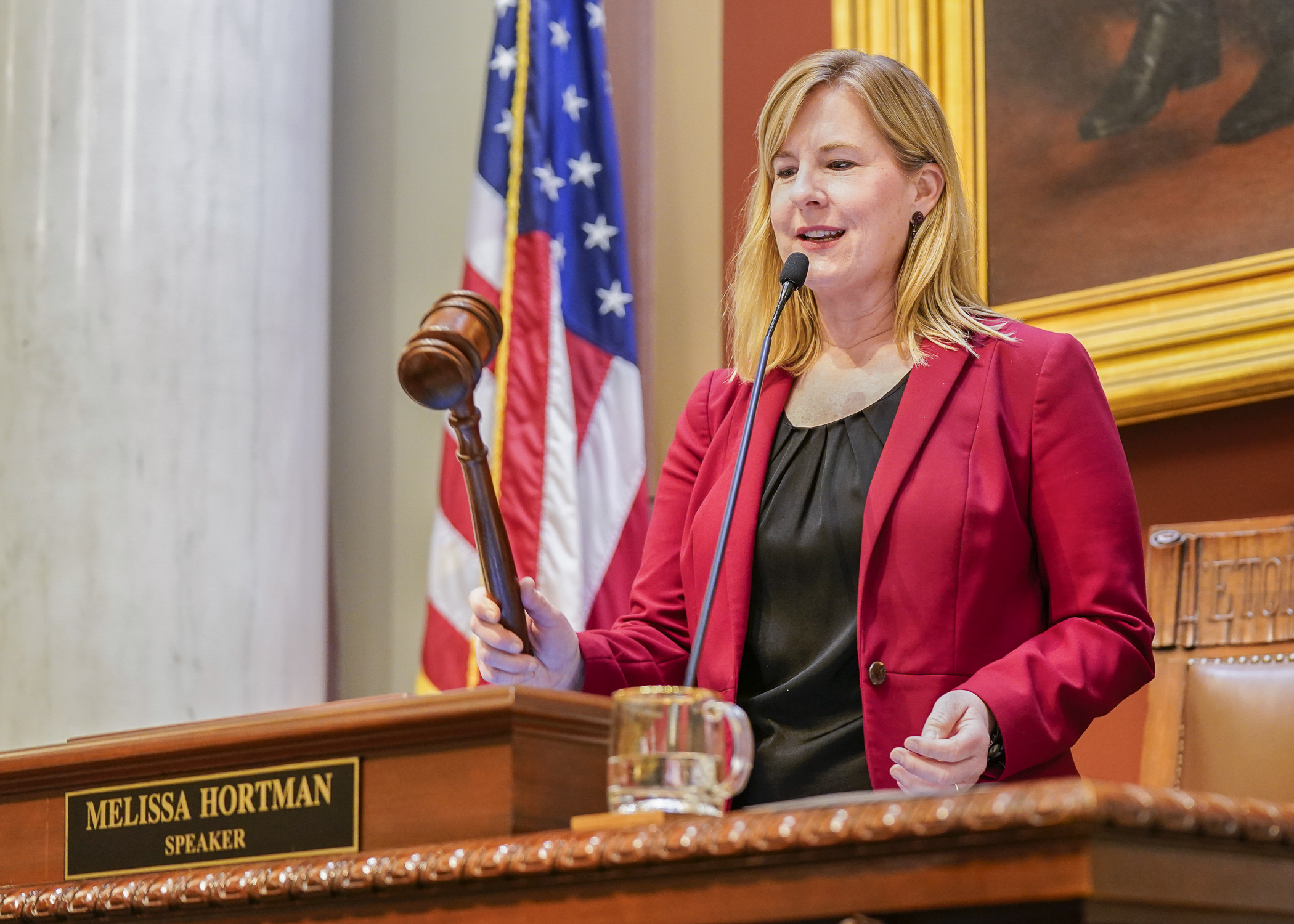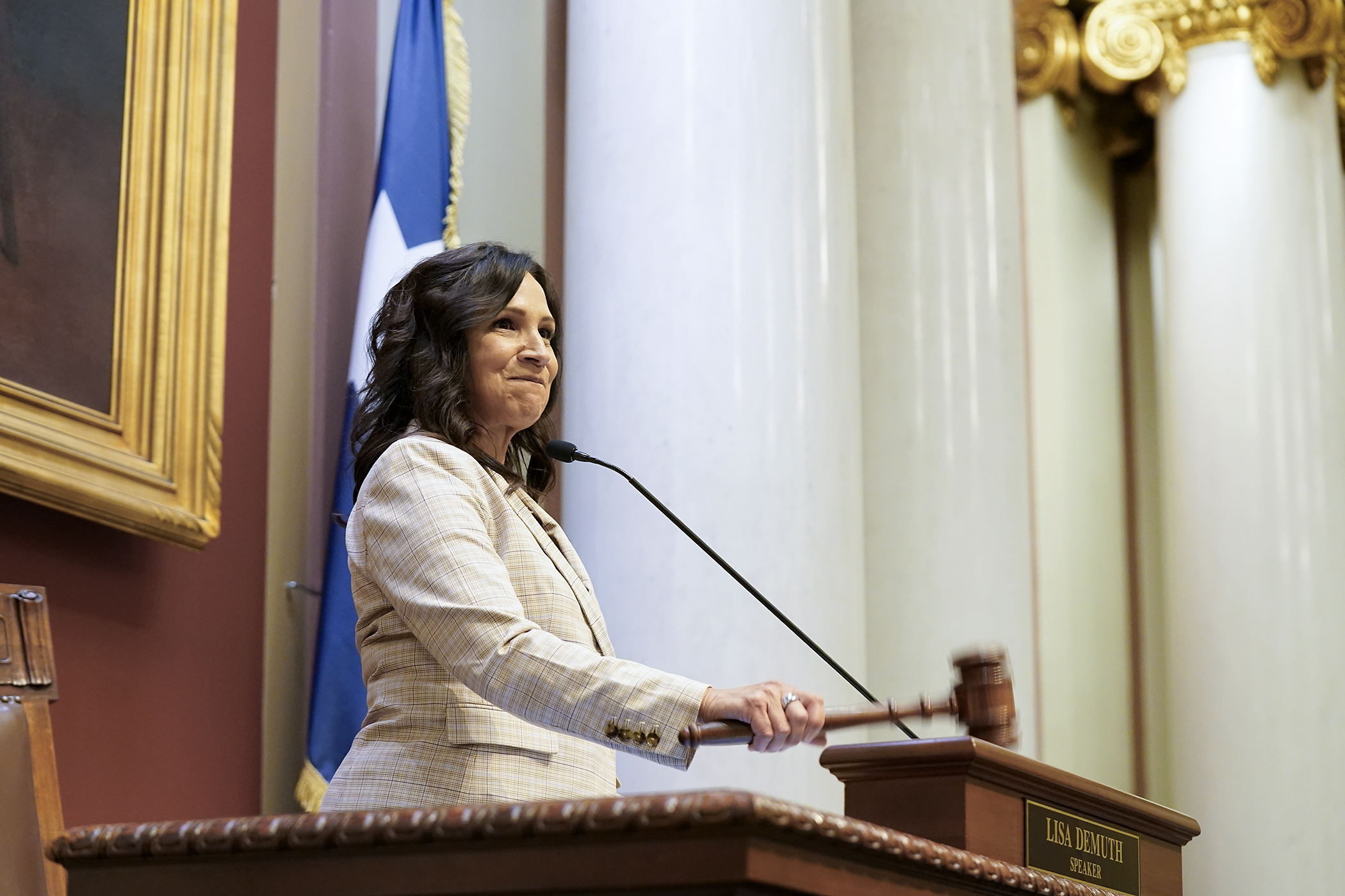Residency requirement proposed for Minnesota college aid program
If you use the North Star Promise program to go to college at no cost, some lawmakers want you to be prepared to stay in Minnesota after graduation.
Rep. Peggy Scott (R-Andover) sponsors HF2241, that as twice amended, would, beginning with the 2026-27 academic year, require anyone who benefits from the scholarship program to live and work in Minnesota equal to the total duration of all academic terms for which the student received a scholarship after graduating. If those requirements are not met, the scholarship will be converted to a loan that the recipient would be required to repay with interest.
Office of Higher Education officials could waive or defer the requirement in certain circumstances.
“I do not think it is too much to ask these students who receive this valuable asset that they stay and work and give back, contributing to Minnesota’s economy for as little as one year for each year they've received free tuition,” Scott said.
The House Higher Education Finance and Policy Committee laid the bill over Tuesday for possible inclusion in a later bill.
“This isn't about limiting opportunity to students it's about ensuring our state gets a return on its investment and our communities see the talent they need to grow and thrive,” said Christie Ransom, president and CEO of the Winona Area Chamber of Commerce.
Added Lori Higgins, president of the Metro North Chamber of Commerce, “Students receiving this state aid should then be part of Minnesota’s workforce post-graduation, completing the cycle of collaboration and directly addressing our state’s workforce needs. Minnesota employers receive skilled employees, and taxpayers and the state receive a direct return on their investment.”
The program is open to all Minnesota residents with a family adjusted gross income level below $80,000. Free tuition is available at all Minnesota State colleges and universities, all University of Minnesota campuses, and all Tribal Colleges.
Rep. Tina Liebling (DFL-Rochester) wondered why the bill targets only the North Star Promise program.
“I just think it's a really awkward and difficult thing to do because where do you draw the line? We are putting a lot of money into the state grant, we've been doing that for many, many years and we don't ask for this kind of direct feedback from students.”
[MORE: Written support, opposition to the bill]
“They would complicate a program designed to remove barriers, creating more roadblocks for the various students it was meant to help,” said Shae Horning, director of state affairs for UMN Undergraduate Student Government.
Michael Dean, executive director of North Star Prosperity, is also against the bill.
“The North Star Promise program represents a pivotal investment in Minnesota’s students and future workforce, and the proposed changes threaten to undermine its effectiveness and the progress we have made toward college affordability and addressing Minnesota workforce shortages,” he wrote.
Related Articles
Search Session Daily
Advanced Search OptionsPriority Dailies
Speaker Emerita Melissa Hortman, husband killed in attack
By HPIS Staff House Speaker Emerita Melissa Hortman (DFL-Brooklyn Park) and her husband, Mark, were fatally shot in their home early Saturday morning.
Gov. Tim Walz announced the news dur...
House Speaker Emerita Melissa Hortman (DFL-Brooklyn Park) and her husband, Mark, were fatally shot in their home early Saturday morning.
Gov. Tim Walz announced the news dur...
Lawmakers deliver budget bills to governor's desk in one-day special session
By Mike Cook About that talk of needing all 21 hours left in a legislative day to complete a special session?
House members were more than up to the challenge Monday. Beginning at 10 a.m...
About that talk of needing all 21 hours left in a legislative day to complete a special session?
House members were more than up to the challenge Monday. Beginning at 10 a.m...